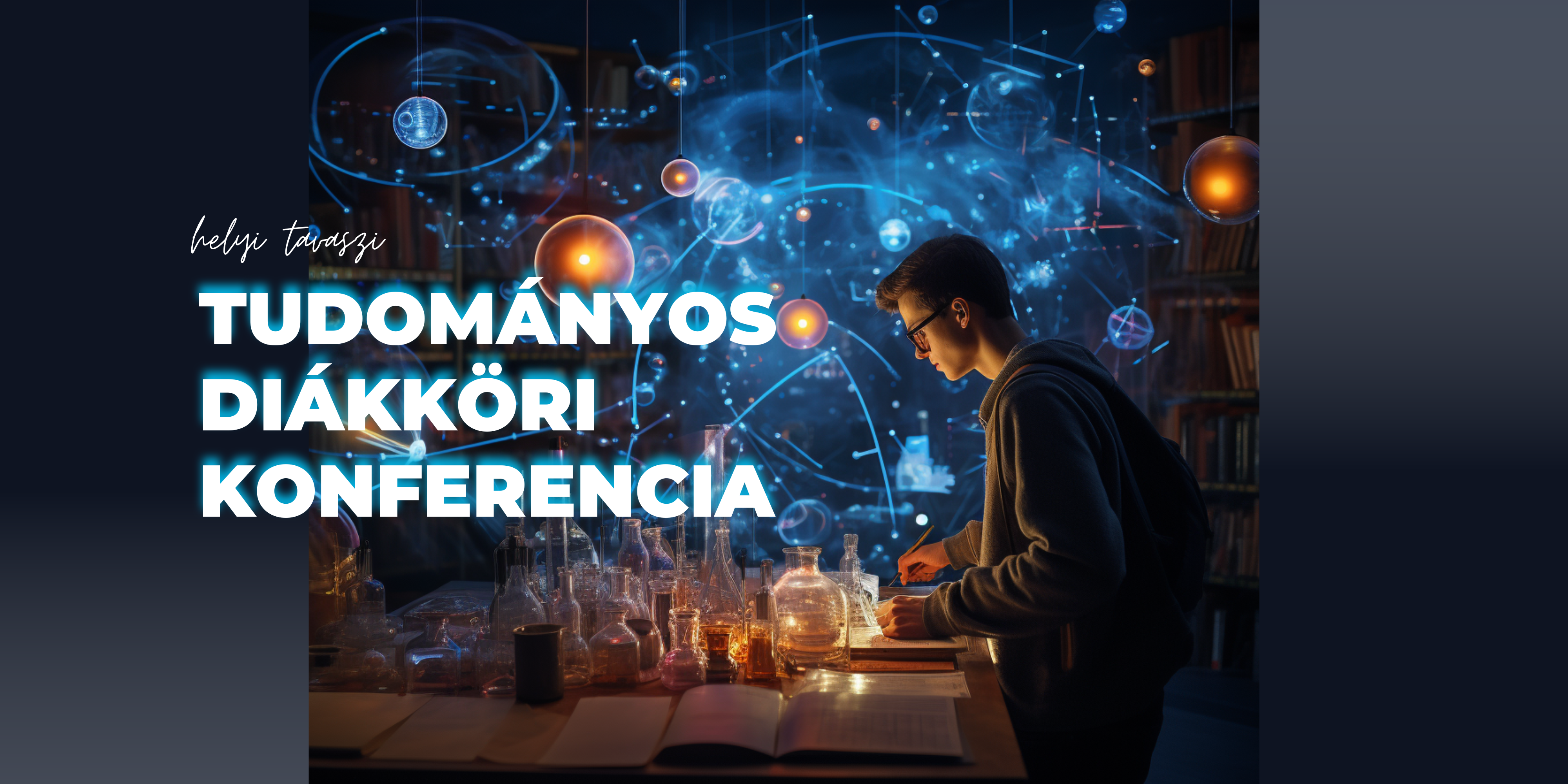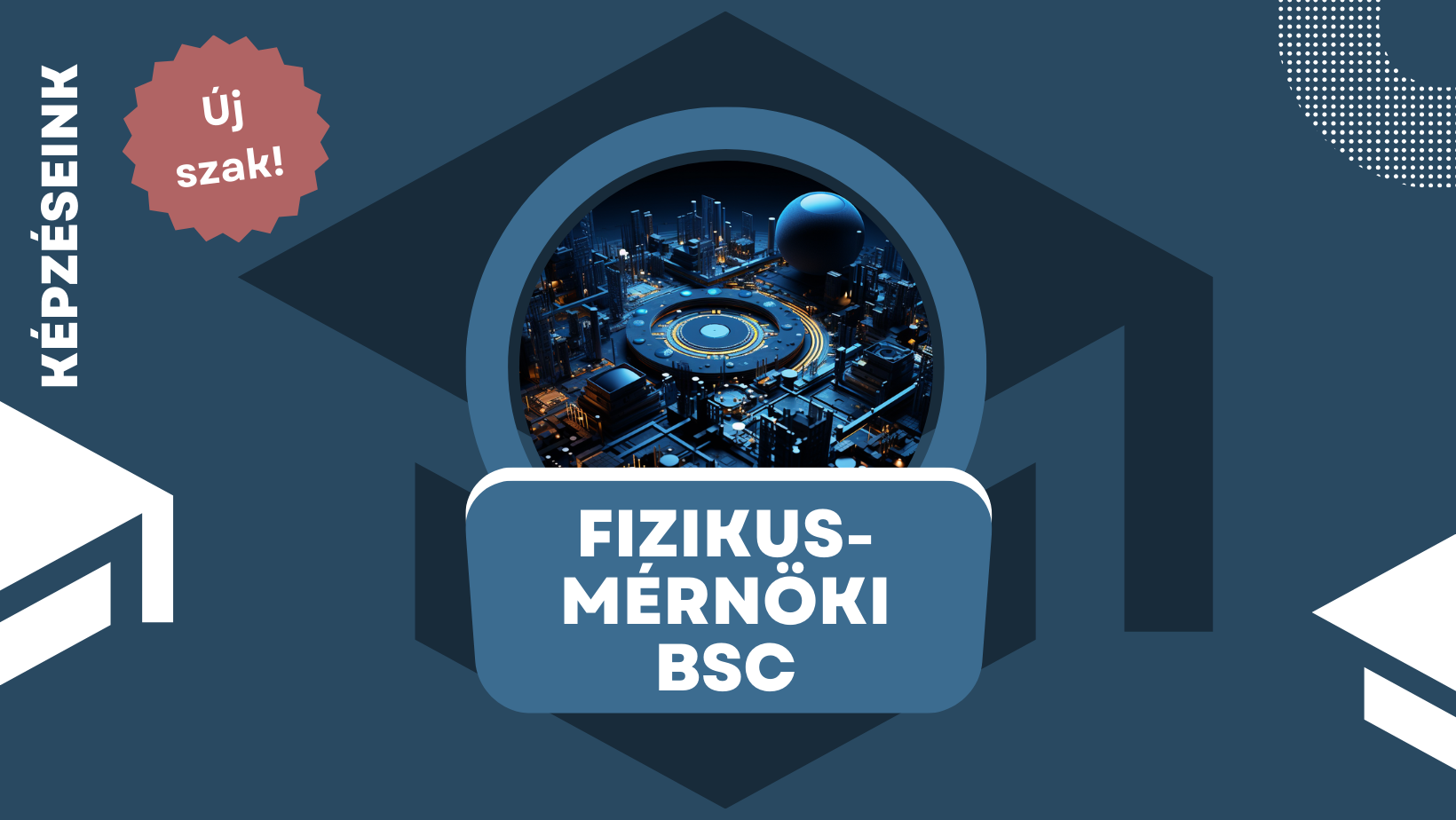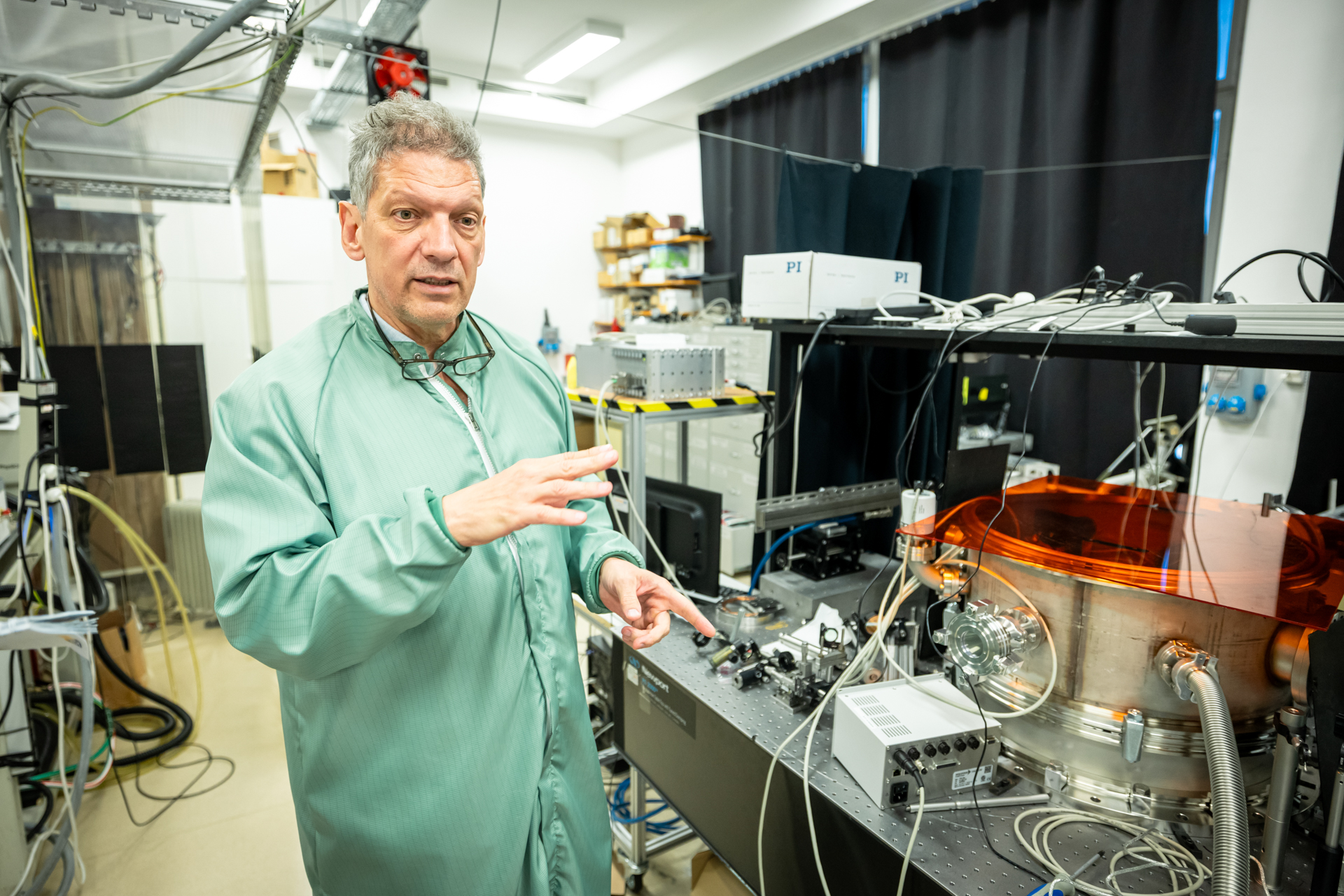
Dr. Fehér László
Egyetemi tanár
Tel.: (62) 54-4811
e-mail: lfeher@physx.u-szeged.hu
László Fehér: Curriculum Vitae
Positions:
- full time: professor at Department of Theoretical PhysicsUniversity of Szeged, Hungary
- part time (25%): scientific advisor at Department of Theoretical Physics Wigner Research Centre for Physics Budapest, Hungary
Letters: Department of Theor. Physics, Univ. Szeged, 6720 Szeged, Tisza L. krt 84-86, Hungary contact: e-mail: lfeher@physx.u-szeged.hu cellphone: (+36)-30-5976803 office:(+36)-62-544811 webpage: laszlo.feher.staff.u-szeged.hu
Education – degrees
- 1978 – 1983: Undergraduate student of physics at Szeged University, Hungary. Graduated with first class honours in 1983. Diploma (MSc) thesis in lattice gauge.
- 1986 – 87: Visiting graduate student at Mathematical Institute of Oxford University, UK.
- 1983 – 88: Aspirant for “Candidate of Science” degree at the Bolyai Mathematical Insti- tute of Szeged University with scholarship won from the Hungarian Academy of Sciences (H.A.S.). “Candidate of Science” (PhD) in mathematics awarded by H.A.S. in October
- 1988. Thesis: Equations of motion and dynamical symmetries of point particles.
- 1997: “Doctor of Science” (DSc) degree in physics awarded by H.A.S. based on DSc thesis: Extended conformal algebras and integrable systems from a Hamiltonian viewpoint.
Preceding positions in Hungary
- 1997 – 1998: associate professor at Department of Theor. Physics, University of Szeged.
- 1998 – full professor at Department of Theoretical Physics, University of Szeged. (head of department between January 2013 – July 2022)
- 2003 – scientific advisor at Wigner Research Centre for Physics, Budapest.
Postdoctoral and longer visiting positions abroad
- 10.88 – 08.91: Scholar at Dublin Institute for Advanced Studies. School of Physics.
- 09.91 – 09.92: Postdoc at Nuclear Physics Laboratory, University of Montreal.
- 01.93–04.94 and 10.96 – 03.97: Humboldt Fellow at Physics Institute of Bonn University.
- 05.94 – 12.94: Visiting professor at Theoretical Physics Laboratory, ENS Lyon, France.
- 01.95 – 08.95: Research fellow, Physics Department, University of Wales, Swansea, UK.
- 09.95-08.96: Visiting professor, Institute for Nuclear Study, Tokyo, Japan.
Research visits of at least 1 month duration
- Laboratoire de Physique Th´eorique, ENS Lyon, 1 month, 2000
- Institute for Theoretical Physics, University of Amsterdam, 1 month, 2002
- Department of Mathematics, EPFL, Lausanne, 1 month, 2003
- IPNS, KEK, Tsukuba, 3 months in 2004, 1 month in 2007 and 1 month in 2012
- Institute de Math´ematiques de Luminy, Marseille, 1 month, 2008
- Yukawa Institute for Theoretical Physics, Kyoto, 1 month, 2009
- Department of Mathematics, EPFL, Lausanne, 1 month, 2012
General research background and teaching experience
My area of interest is mathematical physics in general, especially the theory of integrable Hamiltonian systems. I often apply Lie group theoretic methods in my investigations. After studies of Kepler-like systems and Berry’s phase, my research focused on models of conformal field theory and their symmetry algebras, then on soliton equations, dynamical Yang-Baxter structures and action–angle dualities of Calogero–Moser type many-body models. With collab- orators, up to now I published around 90 research papers in refereed journals and around 20 papers in refereed conference proceedings. I presented talks on my results at about 75 inter- national conferences. My papers received nearly 2000 independent citations. A list of selected publications can be found here.
I have considerable experience in teaching theoretical physics and mathematical methods for physicists. For example, I have been lecturing on linear algebra, theoretical and analyti- cal mechanics, group theoretic methods and particle physics for BSc and MSc students, and delivered PhD courses on Lie algebras, differential geometric methods and integrable systems; typically giving 2 courses each semester. Four of my PhD students (A. G´abor, B.G. Pusztai, V. Ayadi and T.F. G¨orbe) obtained degrees in mathematical physics, at the University of Szeged in 2003, 2004, 2013 and 2017, respectively.
Recent research
During the past few years I focused on integrable systems of point particles moving in one dimension. Due to their rich mathematics and diverse applications, such models have been under intense scrutiny for several decades, but still offer many surprises. For example, in the paper [81] (the numbers refer to the this list of my publications) we provided a detailed analysis of a dual pair of relativistic integrable systems associated with the BCn root system, and in [85] we clarified the group theoretic interpretation of spin Ruijsenaars–Schneider models that have close links to soliton theory. In [82], I discovered a new family of deformations of the trigonometric spin Sutherland models, in association with all compact simple Lie groups. In a recent series of papers [83,84,87,88,89], I uncovered bi-Hamiltonian structures for integrable many-body models coupled to spin degrees of freedom. Presently, I continue my studies in these directions.
Szeged, Hungary, 17 January 2024







